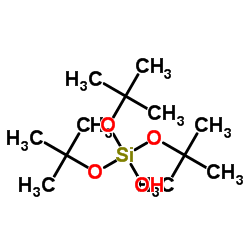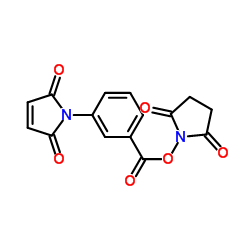| 结构式 | 名称/CAS号 | 全部文献 |
|---|---|---|
 |
蔗糖
CAS:57-50-1 |
|
 |
三(叔丁氧基)硅烷醇
CAS:18166-43-3 |
|
 |
3-马来酰亚胺基苯甲酸-N-琥珀酰亚胺酯
CAS:58626-38-3 |